11 start with E start with E
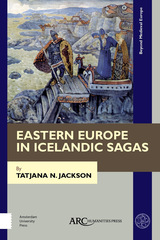
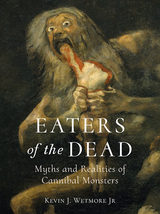
Every culture has monsters that eat us, and every culture repels in horror when we eat ourselves. From Grendel to medieval Scottish cannibal Sawney Bean, and from the Ghuls of ancient Persia to The Texas Chainsaw Massacre, tales of being consumed are both universal and universally terrifying. In this book, Kevin J. Wetmore Jr. explores the full range of monsters that eat the dead: ghouls, cannibals, wendigos, and other beings that feast on human flesh. Moving from myth through history to contemporary popular culture, Wetmore considers everything from ancient Greek myths of feeding humans to the gods, through sky burial in Tibet and Zoroastrianism, to actual cases of cannibalism in modern societies. By examining these seemingly inhuman acts, Eaters of the Dead reveals that those who consume corpses can teach us a great deal about human nature—and our deepest human fears.
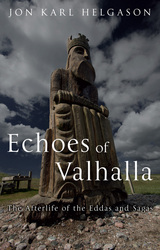
Jón Karl Helgason looks at comic books, plays, travel books, music, and films in order to explore the reincarnations of a range of legendary characters, from the Nordic gods Thor and Odin to the saga characters Hallgerd Long-legs, Gunnar of Hlidarendi, and Leif the Lucky. Roaming the globe, Helgason unearths echoes of Nordic lore in Scandinavia, Britain, America, Germany, Italy, and Japan. He examines the comic work of Jack Kirby and cartoon work of Peter Madsen; reads the plays of Henrik Ibsen and Gordon Bottomley; engages thought travelogues by Frederick Metcalfe and Poul Vad; listens to the music of Richard Wagner, Edward Elgar, and the metal band Manowar; and watches films by directors such as Roy William Neill and Richard Fleischer, outlining the presence of the eddas and sagas in these nineteenth- and twentieth-century works.
Altogether, Echoes of Valhalla tells the remarkable story of how disparate, age-old poetry and prose originally recorded in remote areas of medieval Iceland have come to be a part of our shared cultural experience today—how Nordic gods and saga heroes have survived and how their colorful cast of characters and adventures they went on are as vibrant as ever.
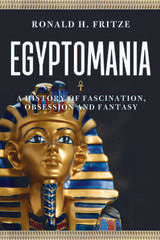


Folklore studies brings important and useful perspectives to understanding cultural responses to the outbreak of disease. Through this etiological study Lee shows the similarities between the narratives of the SARS outbreak and the narratives of other contemporary disease outbreaks like AIDS and the H1N1 virus. His analysis suggests that these disease narratives do not spring up with new outbreaks or diseases but are in continuous circulation and are recycled opportunistically. Lee also explores whether this predictability of vernacular disease narratives presents the opportunity to create counter-narratives released systematically from the government or medical science to stymie the negative effects of the fearful rumors that so often inflame humanity.
With potential for practical application to public health and health policy, An Epidemic of Rumors will be of interest to students and scholars of health, medicine, and folklore.

Ever wanted to know the "correct" words to "Roll Me Over?" Wondered where the melody of "Sweet Betsy from Pike" came from? Ed Cray ranges from "The Cod Fish Song" to "Hallelujah I'm a Bum" in a tireless quest to answer such questions and restore bawdy to an esteemed place in our folk music canon.
Extensively revised and including forty more songs than its predecessor, the second edition of The Erotic Muse is a unique collection of bawdy and even forbidden American folksongs. Cray presents the full texts of some 125 works with melodies for most and detailed annotations for all. In addition, he adds lively commentary that places the songs in historical, social, and, where appropriate, psychological context.
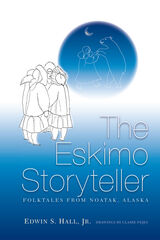

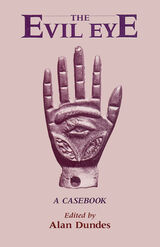
The evil eye—the power to inflict illness, damage to property, or even death simply by gazing at or praising someone—is among the most pervasive and powerful folk beliefs in the Indo-European and Semitic world. It is also one of the oldest, judging from its appearance in the Bible and in Sumerian texts five thousand years old. Remnants of the superstition persist today when we drink toasts, tip waiters, and bless sneezers. To avert the evil eye, Muslim women wear veils, baseball players avoid mentioning a no-hitter in progress, and traditional Jews say their business or health is "not bad" (rather than "good").
Though by no means universal, the evil eye continues to be a major factor in the behavior of millions of people living in the Mediterranean and Arab countries, as well as among immigrants to the Americas. This widespread superstition has attracted the attention of many scholars, and the twenty-one essays gathered in this book represent research from diverse perspectives: anthropology, classics, folklore studies, ophthalmology, psychiatry, psychoanalysis, sociology, and religious studies. Some essays are fascinating reports of beliefs about the evil eye, from India and Iran to Scotland and Slovak-American communities; others analyze the origin, function, and cultural significance of this folk belief from ancient times to the present day. Editor Alan Dundes concludes the volume by proffering a comprehensive theoretical explanation of the evil eye.
Anyone who has ever knocked on wood to ward off misfortune will enjoy this generous sampling of evil eye scholarship, and may never see the world through the same eyes again.
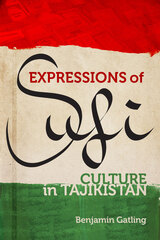
Gatling demonstrates how Sufis transcend the oppressive religious politics of contemporary Tajikistan by using these forms to inhabit multiple times: the paradoxical present, the Persian sacred past, and the Soviet era. In a world consumed with the supposed political dangers of Islam, Gatling shows the intricate, ground-level ways that Muslim expressive culture intersects with authoritarian politics, not as artful forms of resistance but rather as a means to shape Sufi experiences of the present.
READERS
Browse our collection.
PUBLISHERS
See BiblioVault's publisher services.
STUDENT SERVICES
Files for college accessibility offices.
UChicago Accessibility Resources
home | accessibility | search | about | contact us
BiblioVault ® 2001 - 2024
The University of Chicago Press









